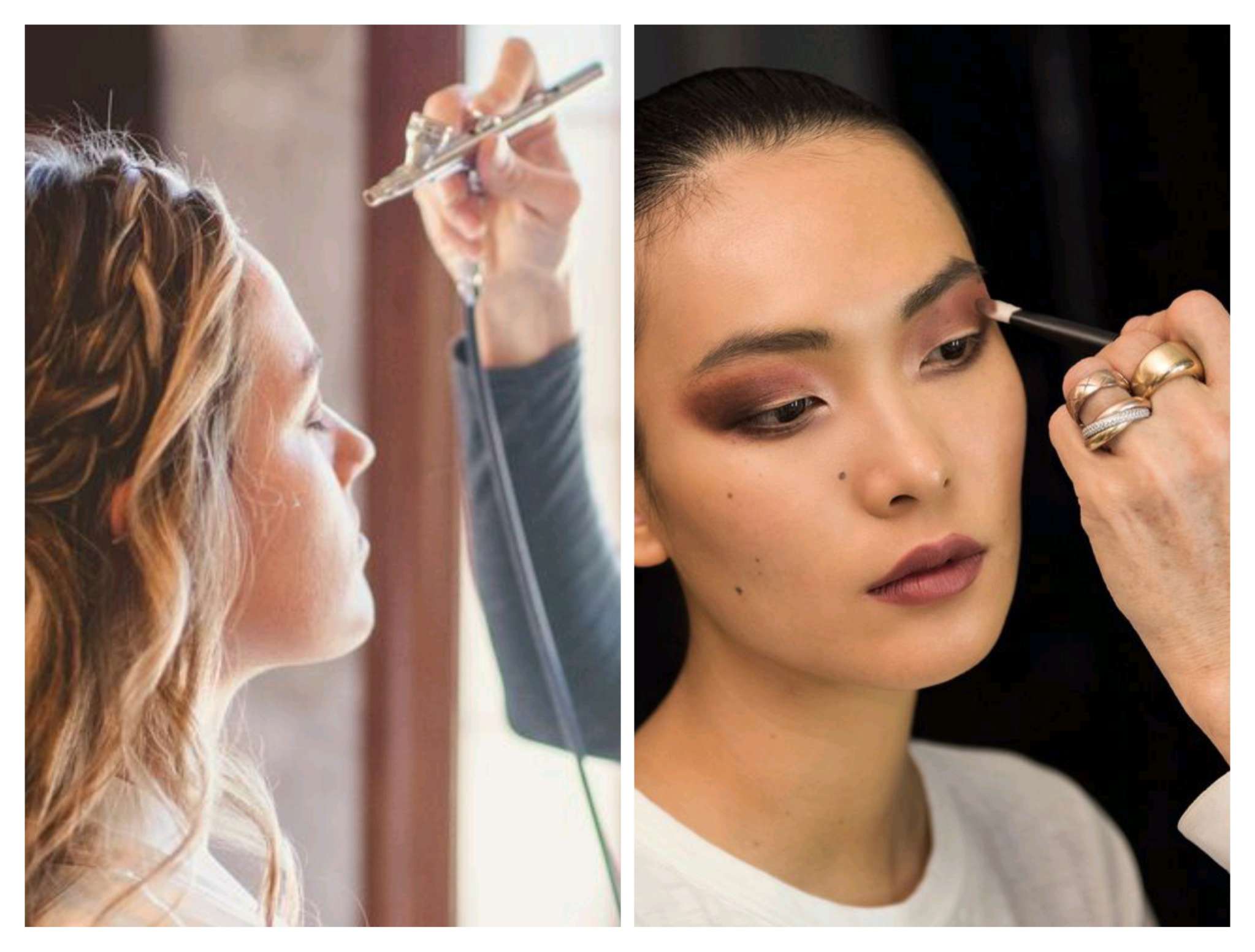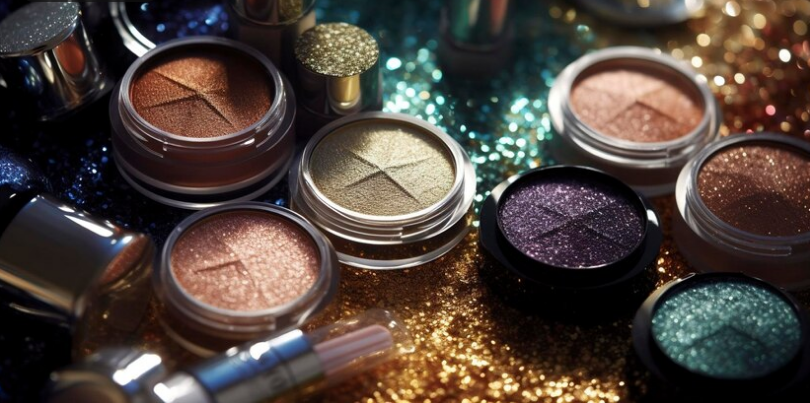Okay, so we all know makeup can totally transform a look, but as a makeup artist, it’s not just about creating a pretty face—it’s about choosing the right tools for the job. And when it comes to foundation and flawless skin, two methods are always in the spotlight: airbrush makeup and traditional makeup. But which one is better for your clients? Let’s dive into the pros and cons of each to help you decide what’s best for your makeup artistry!
Airbrush Makeup: The Light, Airy Magic
Airbrush makeup is pretty much a game-changer when you want to create that smooth, flawless, long-lasting finish. It’s applied using an airbrush machine that sprays a fine mist of foundation onto the skin. Think of it as the ultimate air-kissed finish. 💨✨
Why should you consider it for your clients?
Flawless, Weightless Finish: Airbrush foundation tends to feel lighter than traditional foundation. It’s great for clients who want a more natural, barely-there look but still need coverage.
Long-Lasting Power: Airbrush makeup is known for its staying power—think 12+ hours without touch-ups. That’s perfect for weddings, events, or long photoshoots where you need the makeup to stay intact.
Perfect for Special Occasions: If you’ve ever worked on brides, you know airbrush makeup is a favorite for weddings. It gives a gorgeous, airbrushed look that looks amazing in photos. 📸
Buildable Coverage: While it starts light, airbrush makeup is super buildable. You can add layers for more coverage, especially in areas like redness or blemishes.
Great for Oily Skin: Airbrush tends to control oil better than traditional makeup, giving clients a matte finish for a longer period—perfect for those with oily skin.
Downsides to Airbrush?
Pricey Equipment: Let’s be real—airbrush kits are an investment. You’ve got the airbrush machine, the compressor, and special airbrush foundation products to consider.
Learning Curve: It might take a little practice to master the technique, especially with how close or far you need to hold the gun from the face. But once you get the hang of it, it’s a breeze!
Not Great for Dry Skin: While airbrush makeup is amazing for oily skin, dry skin might not get along as well with it. It can cling to dry patches, making it look cakey. A hydrating base is a must if you want to use airbrush on dry skin.
Traditional Makeup: The Classic, Versatile Favorite
On the flip side, we’ve got traditional makeup, which is everything we know and love. Whether it’s liquid, cream, or powder foundation, this method gives you all the control to customize the finish based on your client’s needs.
Why you might stick with traditional makeup:
Customizable Coverage: Traditional foundations can offer everything from sheer to full coverage, and they come in a variety of formulas, so you can cater to your client’s skin type and desired finish. Plus, you can mix and match to create the perfect shade.
Easier to Work With: Traditional makeup is more familiar for most MUAs. Brushes, sponges, and your hands are all you need. The techniques are easier to master, especially when you’re under time pressure.
Better for Dry Skin: Dry skin clients might benefit more from traditional makeup, especially creamy foundations that provide moisture and hydration.
Variety of Finishes: Traditional makeup is super versatile—you can go for a matte, dewy, satin, or natural finish depending on your client’s preference.
Great for Detailed Work: If you need to spot-conceal, blend in a way that’s customized, or work on blemishes or tattoos, traditional makeup gives you more control for precise application.
Potential cons to keep in mind:
Can Feel Heavier: Traditional foundations might feel heavier, especially if you’re using a full-coverage formula. Some clients with sensitive skin may feel a bit weighed down.
Shorter Wear Time: Traditional makeup generally doesn’t last as long as airbrush. If you’re working with clients who need long-lasting wear (hello, wedding day!), you may need to touch-up throughout the day.
More Layers: For full coverage, you might need to layer products, which could take longer for clients who need quick results.
Which One is Best for Your Clients?
The real answer? It depends. 😅 Both airbrush and traditional makeup have their perks, so here’s what I suggest for deciding which is best for each client:
For Oily or Acne-Prone Skin: If your client has oily or acne-prone skin, airbrush makeup is your friend. It controls shine and gives a smooth finish that holds up all day.
For Long-Lasting Wear: If you’re prepping for a wedding or an event where your client needs to look flawless from morning till night, airbrush might be the way to go. It won’t budge under the heat or humidity.
For Dry or Mature Skin: If your client has dry or mature skin, traditional makeup can be a better choice. Look for creamy, hydrating foundations that won’t cling to any dry patches or fine lines.
For a Custom, Detailed Finish: When you’re working on clients who need precise application, like covering blemishes or matching specific undertones, traditional makeup is more versatile. Plus, it’s easier to touch-up if needed.
At the end of the day, it’s all about what works best for your client’s skin type, the event they’re attending, and the look they’re going for. Airbrush makeup is definitely a winner for that long-lasting, flawless finish—especially for those picture-perfect moments. But traditional makeup will always be the tried-and-true method with plenty of room for customization and control.
As a makeup artist, it’s smart to have both techniques in your toolkit so you can deliver the best results for any client, whether they want that airbrushed glam or a classic, dewy finish. 😘💄




